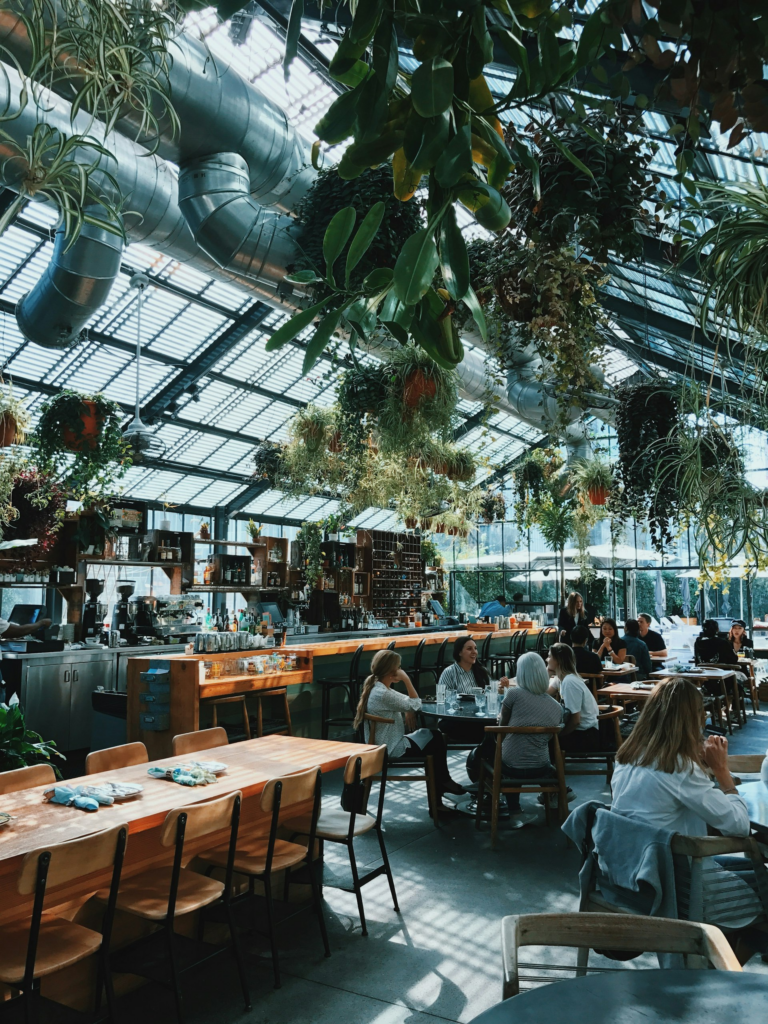
1. Booming Demand Amid Strong Labor & Consumer Markets
- Indy’s unemployment hovers around 4.0%, with the workforce growing ~1.3% over the past year allproconstructionindy.com+11alliescommercialrealty.com+11caraconde.com+11.
- Rising employment and consumer spending help fuel restaurant real estate, particularly in dining-centric suburbs like Avon, Fishers, and Carmel. These areas have low vacancy rates and high absorption for quality spaces alliescommercialrealty.com.
2. Urban Revival & Revitalization of Cultural Districts
- Neighborhoods such as Broad Ripple, Mass Ave, Fountain Square, and Market East are seeing increased investment in dining due to booming mixed-use development and growing foot traffic en.wikipedia.org+3goodindevelopment.com+3en.wikipedia.org+3.
- Redevelopment projects like the $175M City Market renovation are integrating retail, housing, and dining—driving demand for restaurant space in historic and cultural hubs marcusmillichap.com+2en.wikipedia.org+2alliescommercialrealty.com+2.
3. Hybrid Hospitality Trends & Experiential Dining
- Indianapolis draws nearly 30 million visitors annually, with strong convention and sports tourism supporting casual dining and experience-based restaurants en.wikipedia.org+1talktoannie.com+1.
- Demand is increasing for venues offering unique ambiance, local brews, and “Instagrammable” charm—especially in downtown and Creative Districts .
4. E-Commerce & Restaurant Conversion Trends
- In addition to retail-to-industrial conversions, some dining spaces are being repurposed or co-located with fulfillment efforts, like ghost kitchens or pickup hubs caraconde.com.
- This flexibility allows restaurant owners and investors to reimagine spaces—balancing dine-in with carry-out and delivery models.
5. Infrastructure Investment Supports Dining Access
- Major public projects—such as the I‑69 expansion, IndyGo transit lines, and cultural trail extensions—boost connectivity and foot traffic to dining areas goodindevelopment.com+9jdmpartners.com+9allproconstructionindy.com+9.
- Better transit and enhanced public realms support outdoor seating, walkable districts, and enhanced restaurant exposure.
🔍 Key Takeaways for Investors & Operators
| Trend | Opportunity | Consideration |
|---|---|---|
| Suburban growth | Retail strips & QSR expansion | High demand, low vacancy—price premium |
| Cultural/urban districts | Experience-led restaurants | Signature & local-themed spaces thrive |
| Mixed-use redevelopment | Ground-floor leasing upside | Requires strong concept and lease terms |
| Flexible space use | Ghost kitchens, hybrid models | Layout adaptability is essential |
| Infrastructure improvements | Enhanced accessibility | Higher rents in transit-adjacent areas |
Final Thoughts
Indianapolis’s restaurant real estate market is energized by economic growth, culture-driven redevelopment, and expanding culinary demand. Savvy investors and operators can capitalize by:
- Seeking prime spots in suburban corridors and new mixed-use districts
- Embracing flexible, experiential restaurant designs
- Monitoring upcoming public works to anticipate future hotspots
At Annie Scott Realty Group LLC, I help clients navigate these trends—matching spaces with concepts and leveraging market insight to execute successful restaurant-infused real estate strategies across Greater Indy.
Photo Credit: Luxury Presence
Sources:
- Allies Commercial Realty – Indianapolis Retail Demand crexi.comalliescommercialrealty.comen.wikipedia.org+7axios.com+7loopnet.com+7jdmpartners.com+3talktoannie.com+3allproconstructionindy.com+3
- Wikipedia Cultural & Market East Districts en.wikipedia.org+1en.wikipedia.org+1
- Cara Conde / All Pro Construction – Infrastructure & E-commerce trends allproconstructionindy.com
- Indy Metro economic stats & hospitality data goodindevelopment.com+4en.wikipedia.org+4axios.com+4

